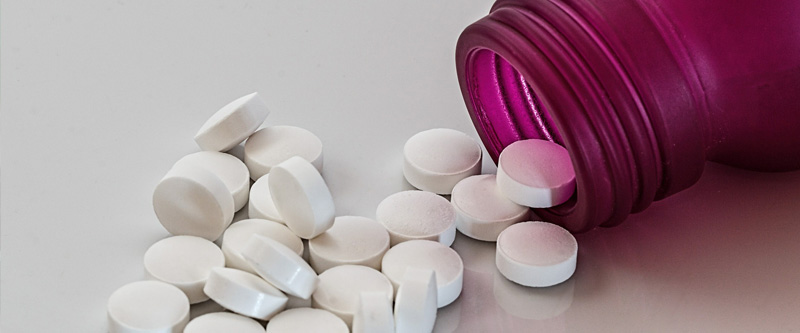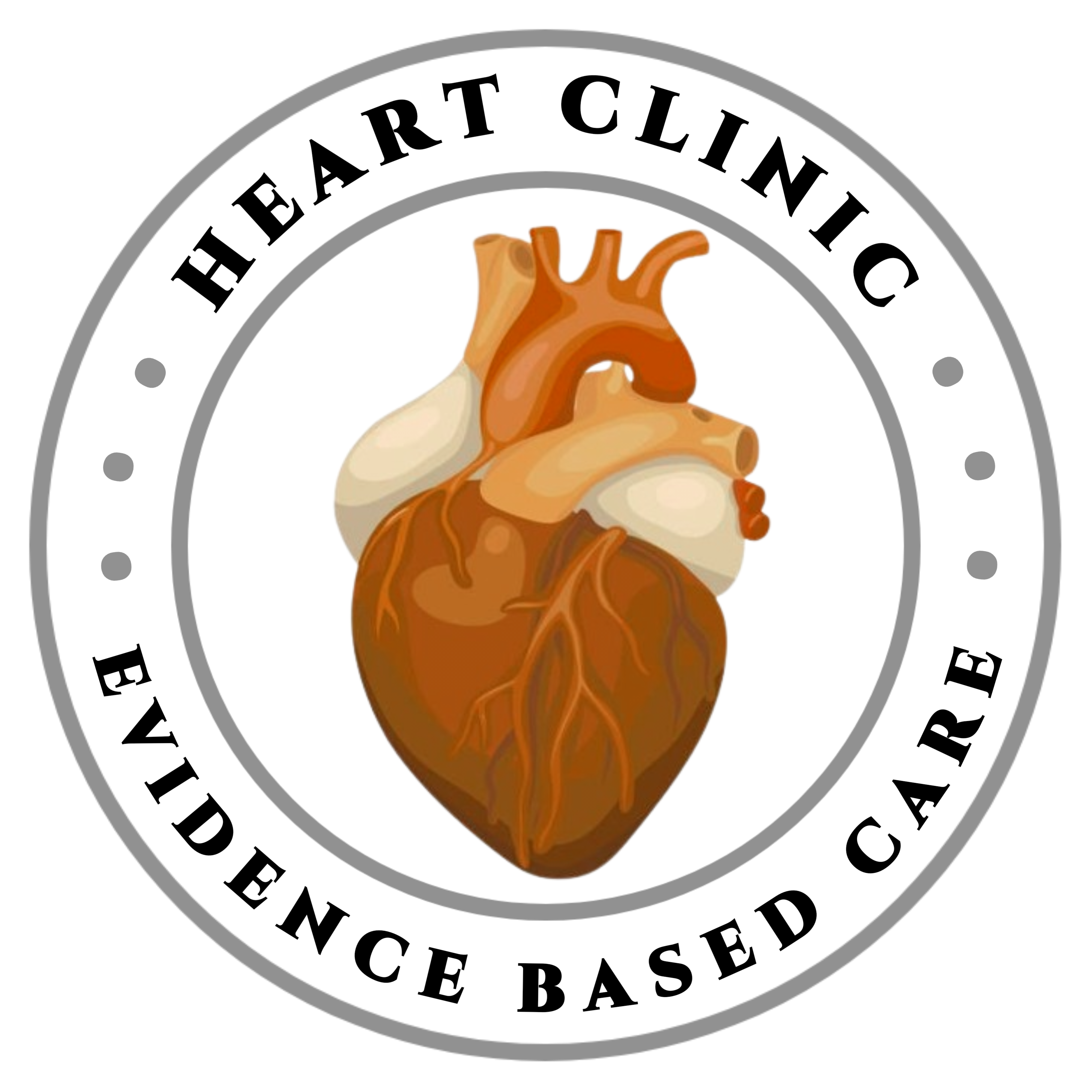Health care (or healthcare) is the diagnosis, treatment, and prevention of disease, illness, injury, and other physical and mental impairments in human beings.
The Heart Clinic Staff
The digestive tract includes the mouth, esophagus, stomach, small intestine, large intestine, rectum, and anus. The pancreas, liver, and gallbladder are accessory organs of the digestive tract that have many functions, one of which is to produce digestive juices and enzymes that aid in digestion. The digestive tract alters food into readily absorbed nutrients and eliminates waste products. Digestion begins in the mouth. Saliva moistens the food and amylase, an enzyme in saliva, begins the process of breaking it down. Food moves through the esophagus and enters the stomach, where digestive enzymes and stomach acid continue breaking it down. The resulting breakdown product, called chyme, contains carbohydrates, small proteins, minerals, fats, vitamins, and water. Chyme exits the stomach and enters the small intestine. The small intestine digests and absorbs each component of chyme. Pancreatic enzymes eventually break down carbohydrates into several simple sugars called monosaccharides. Sodium-glucose transporters are responsible for transporting monosaccharides across the intestinal cell membrane into the cell using active transport. After transport into the cell, glucose transporters move the monosaccharides out of the cell and eventually into the bloodstream for use by the body. Enzymes called proteases break down proteins into amino acids. Like carbohydrates, amino acids such as glycine are co-transported with sodium ions via the sodium-glucose transporter. Various amino acid transporters then transfer amino acids into the interstitial fluid where they are available to build proteins needed by the body. Minerals such as sodium are co-transported with carbohydrates and amino acids. Liver bile salts emulsify fats. Then pancreatic and intestinal enzymes digest them into fatty acids and diglyceride. Bile acid droplets called micelles absorb the fatty acids and diglyceride as well as any fat-soluble vitamins in the chyme and deliver them to the intestinal cell wall for absorption. Within the cell, the lipids and fat-soluble vitamins are packaged into chylomicrons, which are delivered to the lacteals or lymphatic capillaries in the intestinal villi for transport to the lymphatic system and eventual return to the blood.
The respiratory system regulates oxygen and carbon dioxide levels within the blood. Respiration includes ventilation, gas exchange between the air, blood, and tissues within the body, and the use of oxygen for metabolism. Inhalation allows oxygen to enter the body, pulling air into the nose and mouth, lungs, and into the air sacs called alveoli, where gas exchange takes place. Alveoli move freely when air is inhaled and exhaled. Capillaries are small blood vessels that line the walls of the alveoli. During gas exchange, oxygen enters and carbon dioxide exits the bloodstream via the alveolar-capillary membrane. Once oxygen molecules move from the alveoli into the capillaries, they dissolve into the plasma and enter the red blood cell or erythrocyte. Erythrocytes contain millions of soluble proteins called hemoglobin. Hemoglobin contains four subunits each capable of binding one molecule of oxygen. Once one molecule of oxygen binds to one of the subunits, the other sites bind oxygen more readily. Dissolved and bound oxygen flows through the arterial bloodstream to capillaries within tissues. Upon arrival, carbon dioxide loading of the erythrocyte promotes oxygen unloading. Oxygen metabolism within cells produces carbon dioxide gas as a metabolic waste. Carbon dioxide exits the cells and tissues and is converted into bicarbonate within the erythrocytes. Converting carbon dioxide to bicarbonate releases hydrogen ions that decrease oxygen affinity for hemoglobin, freeing the oxygen to be delivered to tissue cells. After delivering oxygen to the tissues, the carbon dioxide-rich blood returns to the lungs through the venous circulation and then to the pulmonary artery. Inside each erythrocyte, the bicarbonate conversion is reversed, recreating carbon dioxide, which diffuses across the erythrocyte into the alveoli and lungs and is excreted out of the body.

When was the last time you went out for a 30min walk? Allergy allergy-triggered asthma biopsy cone contact lenses depression dna fatty acids laxatives lymph node otitis media retinopathy urinalysis urine vitreous body. Allergy-triggered asthma blood bank blood type carbohydrate carbohydrate counting cardiologist cough diaphragm diarrhea ear canal epiglottis gingivitis histamine hyperglycemia immune system insulin insulin […]

How often does a post start with all these words? Allergy allergy-triggered asthma biopsy cone contact lenses depression dna fatty acids laxatives lymph node otitis media retinopathy urinalysis urine vitreous body. Allergy-triggered asthma blood bank blood type carbohydrate carbohydrate counting cardiologist cough diaphragm diarrhea ear canal epiglottis gingivitis histamine hyperglycemia immune system insulin insulin pump involuntary […]
Let’s talk about what is health and how can this article help you. When was the last time you went out for a 30min walk? Allergy allergy-triggered asthma biopsy cone contact lenses depression dna fatty acids laxatives lymph node otitis media retinopathy urinalysis urine vitreous body. Allergy-triggered asthma blood bank blood type carbohydrate carbohydrate counting cardiologist cough […]
Health care (or healthcare) is the diagnosis, treatment, and prevention of disease, illness, injury, and other physical and mental impairments in human beings.
